
Difference Between Chemical and Physical Sunscreen
When it comes to sun protection, most people think of sunscreen. But not all sunscreens are created equal. In fact, there are two different types of sunscreen: chemical and physical. So, what's the difference between them?
When it comes to skincare, it is often quite confusing to know what product to use. This is because there are a lot of products that all claim to do the same thing. So, how do you know which one to choose?
Well, it all comes down to understanding the difference between physical sunscreen and chemical sunscreen. Once you know the difference, you can make an informed decision about which type of sunscreen is right for you.
So, let's take a closer look at the difference between the two and how to know which one is right for you.
What Is Chemical Sunscreen?
Chemical sunscreen is a type of sunscreen that contains active ingredients that work by absorbing the UV rays from the sun. These active ingredients are usually organic chemicals, such as oxybenzone, octinoxate, and avobenzone.
The advantage of chemical sunscreen is that it is easy to apply and can be found in many different skincare products, such as lotions, creams, and even makeup.
Also Read: Different Types of Skin and Skincare Products to Be Used
What Is Physical Sunscreen?
Physical sunscreen is a type of sunscreen that contains active ingredients that work by reflecting the UV rays from the sun. These active ingredients are usually minerals, such as zinc oxide and titanium dioxide.
The advantage of physical sunscreen is that it is more gentle on the skin and is effective at blocking UV rays. Additionally, physical sunscreen does not contain any chemicals that could be harmful to your health.
The downside of physical sunscreen is that it can be difficult to apply and often leaves a white cast on the skin. Additionally, physical sunscreen needs to be reapplied more often than chemical sunscreen because it can rub off easily.
Difference Between Physical Sunscreen and Chemical Sunscreen
To understand the difference between physical sunscreen and chemical sunscreen, it is important to understand the ingredients that each one contains.
Chemical sunscreen contains active ingredients that work by absorbing the UV rays from the sun. These active ingredients are:
- Octinoxate
- Homosalate
- Octocrylene
- Octisalate
- Avobenzone
- Oxybenzone
When applied to the skin, you will have to wait for at least 20 minutes before you go out in the sun. This is because the chemical sunscreen needs time to be absorbed by the skin. Additionally, chemical sunscreens are a great option if you sweat a lot, enjoy swimming, or are heading towards the beach. This is because chemical sunscreen contains a water-resistant formulation.
Physical sunscreen, also known as mineral sunscreen, contains active ingredients that work by reflecting the UV rays from the sun. These active ingredients are:
- Zinc oxide
- Titanium dioxide
When applied to the skin, physical sunscreen provides immediate protection from the sun. That is, you don't have to wait for it to be absorbed into the skin. However, physical sunscreens are not as water-resistant as chemical sunscreens and need to be reapplied more often if you are sweating or swimming.
How to Know if it's Chemical or Physical Sunscreen?
Now that you know the difference between chemical sunscreen and physical sunscreen, you might be wondering how to know which one is right for you.
The best way to determine if a sunscreen is chemical or physical is to check the ingredients list. If the active ingredients are organic chemicals, such as oxybenzone, octinoxate, and avobenzone, then it is a chemical sunscreen. If the active ingredients are minerals, such as zinc oxide and titanium dioxide, then it is a physical sunscreen.
Another way to determine if a sunscreen is chemical or physical is to look at the texture of the product. Chemical sunscreens are typically lighter and less thick than physical sunscreens. Additionally, physical sunscreens often leave a white cast on the skin, whereas chemical sunscreens do not.
Which is Better to Use? Chemical Sunscreen or Physical Sunscreen?
Both chemical sunscreen and physical sunscreen have their own advantages and disadvantages. So, which one is better for you to use?
The answer to this question depends on your individual needs and preferences. If you have sensitive skin or are worried about the potential health risks of chemicals, then physical sunscreen might be a better option for you. However, if you don't mind the slightly higher risk of skin irritation and prefer a product that is easy to apply, then chemical sunscreen might be a better choice.
At the end of the day, the most important thing is to choose a sunscreen that contains active ingredients that are effective at blocking UV rays.
The Mineral Matte Tinted Sunscreen from The Pink Foundry is a great option for those who want to use physical sunscreen. This sunscreen contains zinc oxide and titanium dioxide, along with shea butter and cucumber, which are effective at blocking UV rays. Additionally, it is tinted, so it won't leave a white cast on the skin.
Conclusion
The difference between physical sunscreen and chemical sunscreen comes down to the application and ingredients that each one contains. Chemical sunscreens contain active ingredients that work by absorbing the UV rays from the sun, while physical sunscreens contain active ingredients that work by reflecting the UV rays from the sun. Additionally, physical sunscreens provide immediate protection from the sun, but they are not as water-resistant as chemical sunscreens. Ultimately, the choice of which sunscreen to use depends on your individual needs and preferences.






















































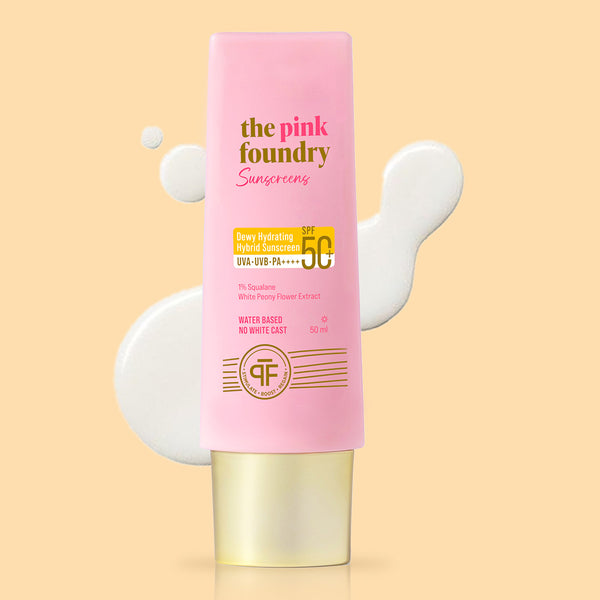
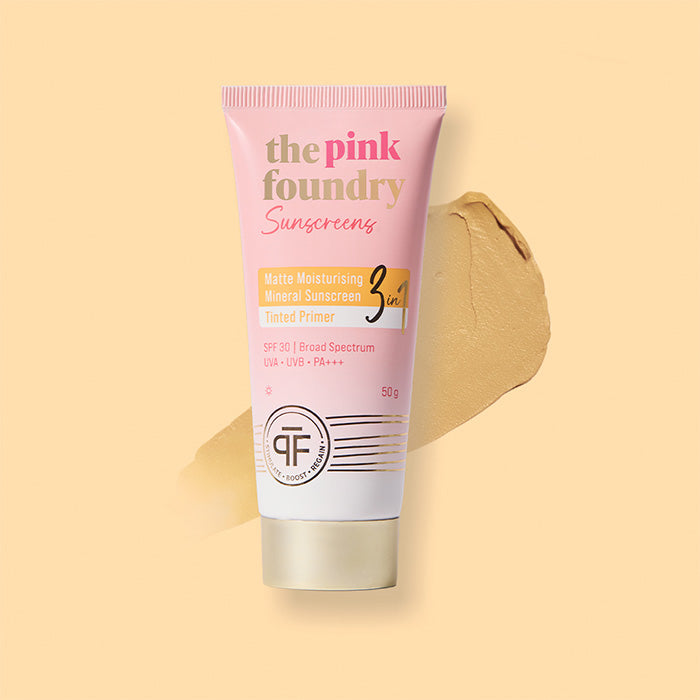

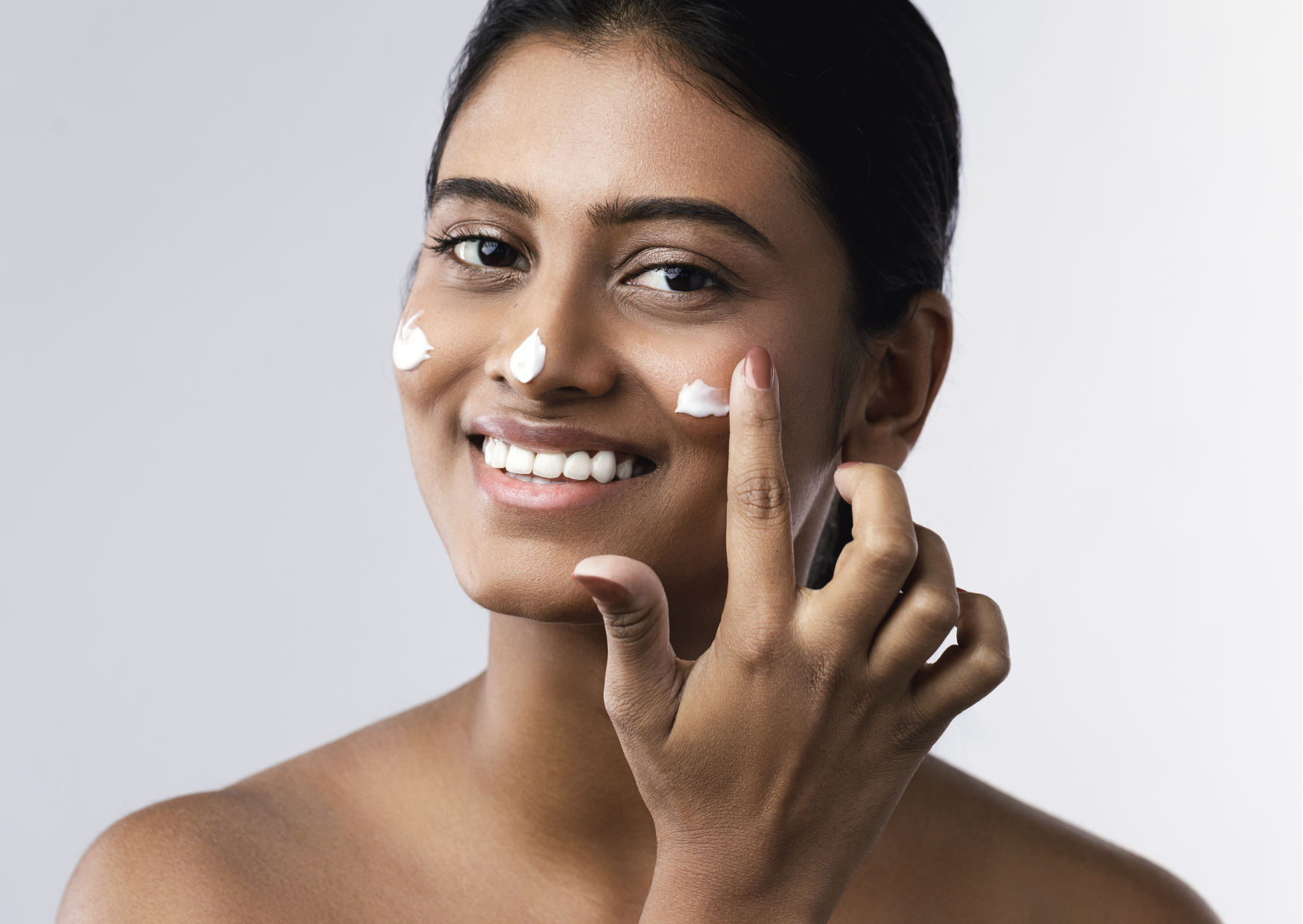
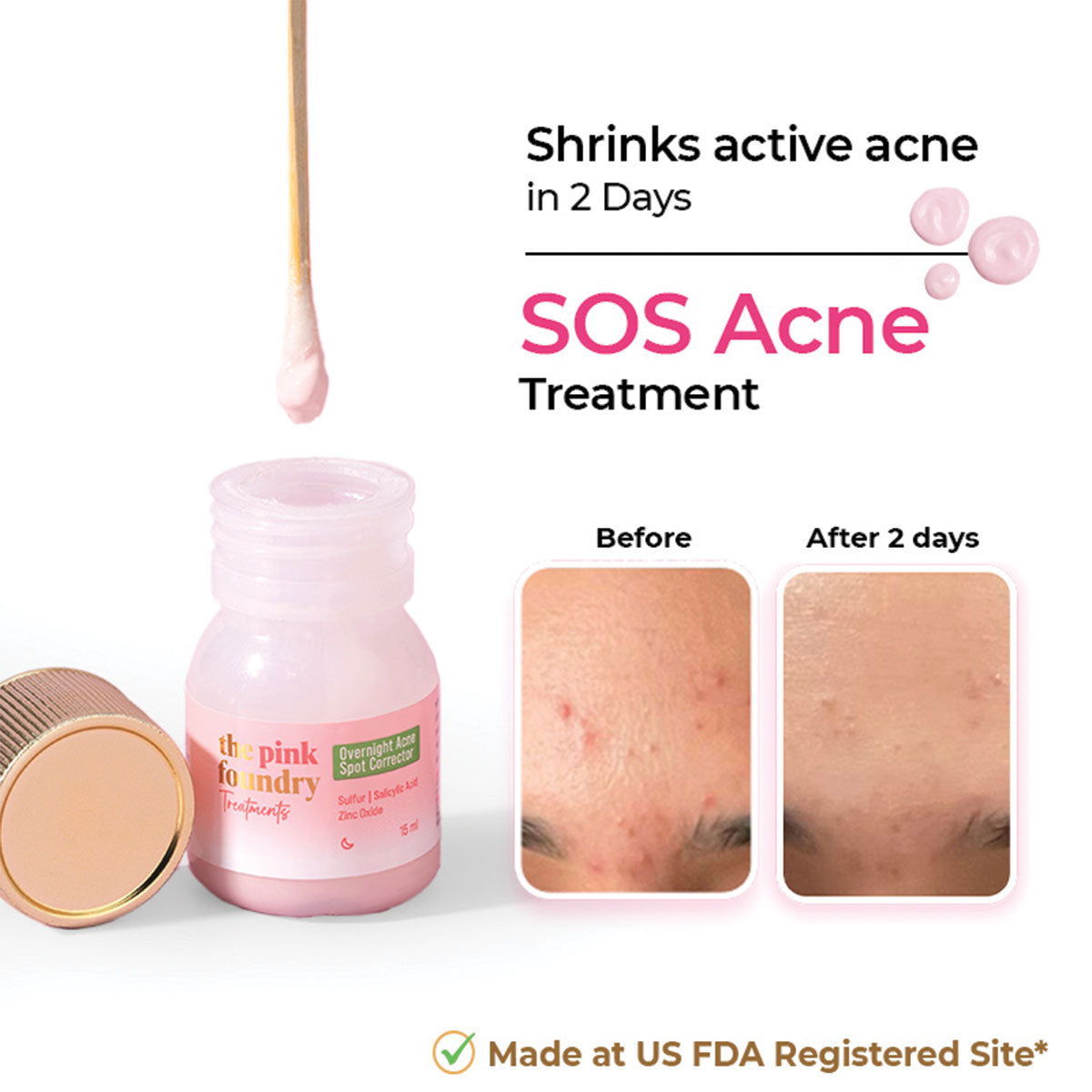
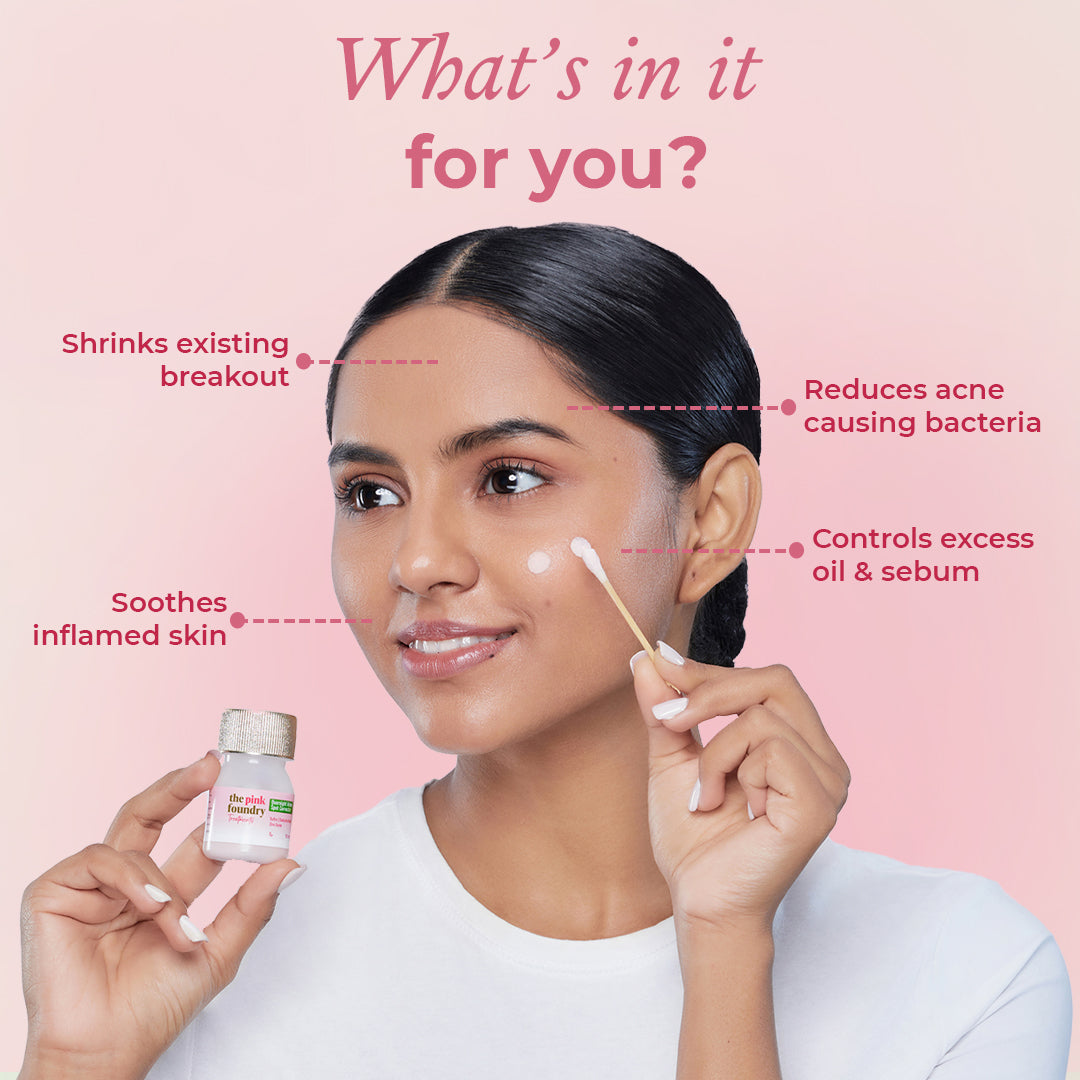
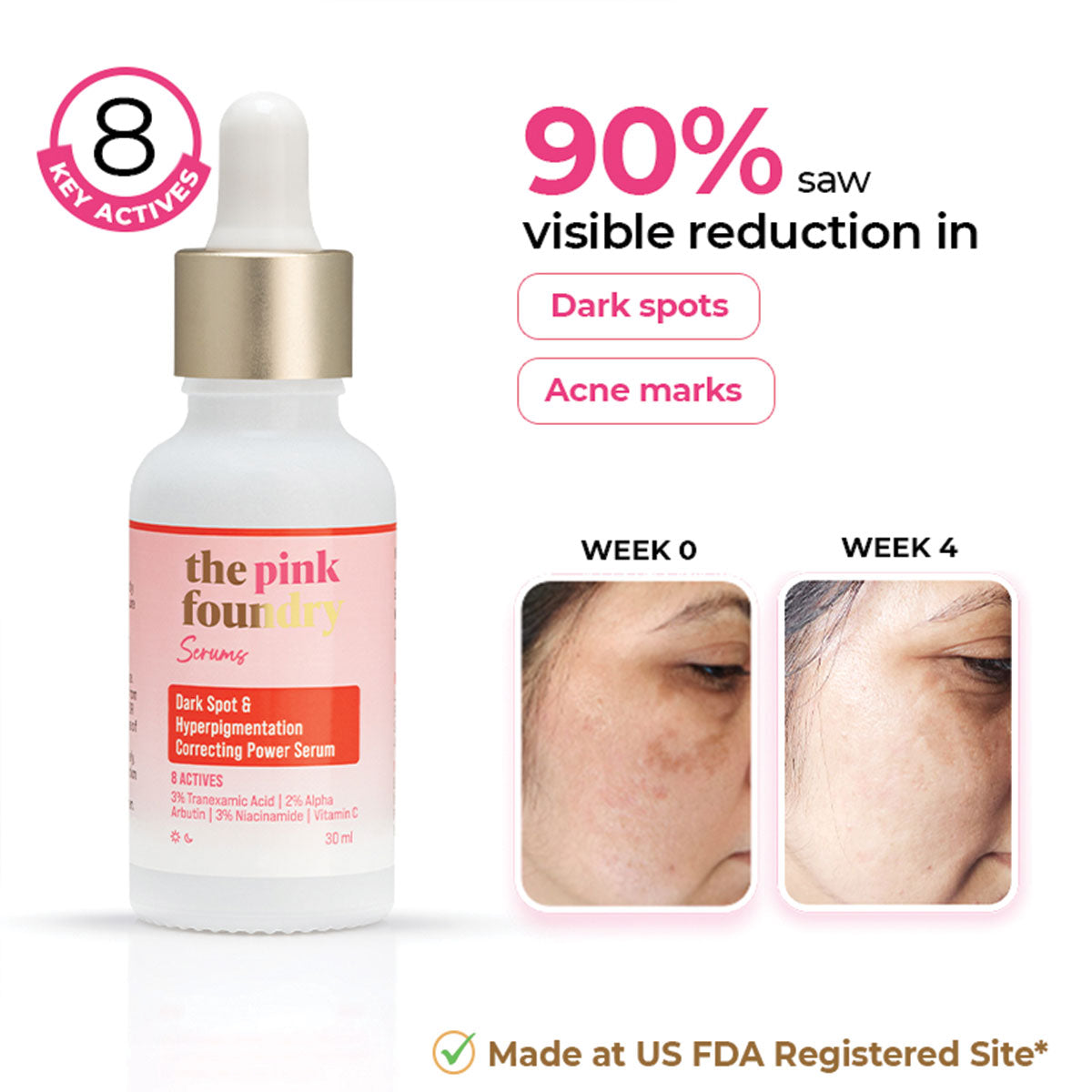
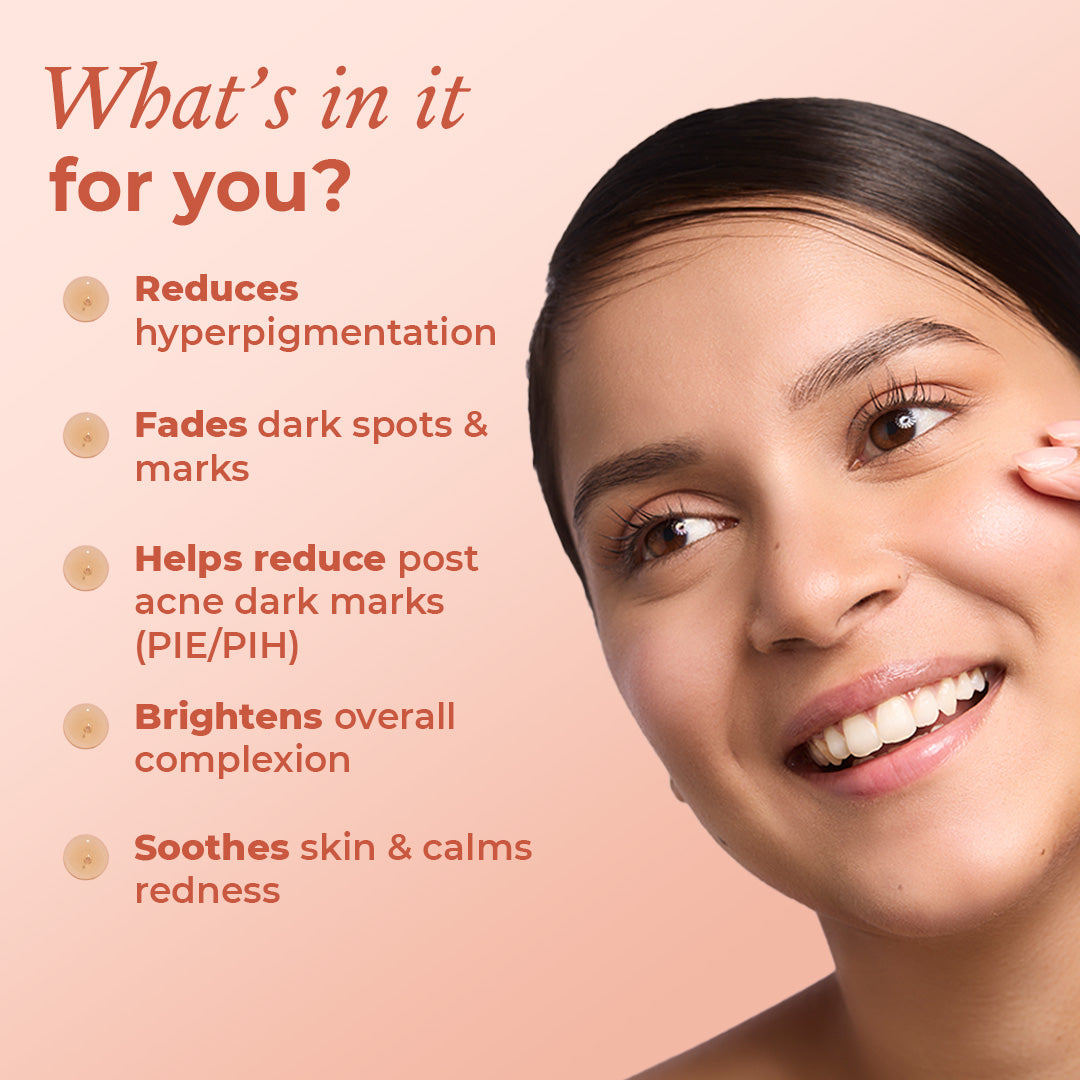
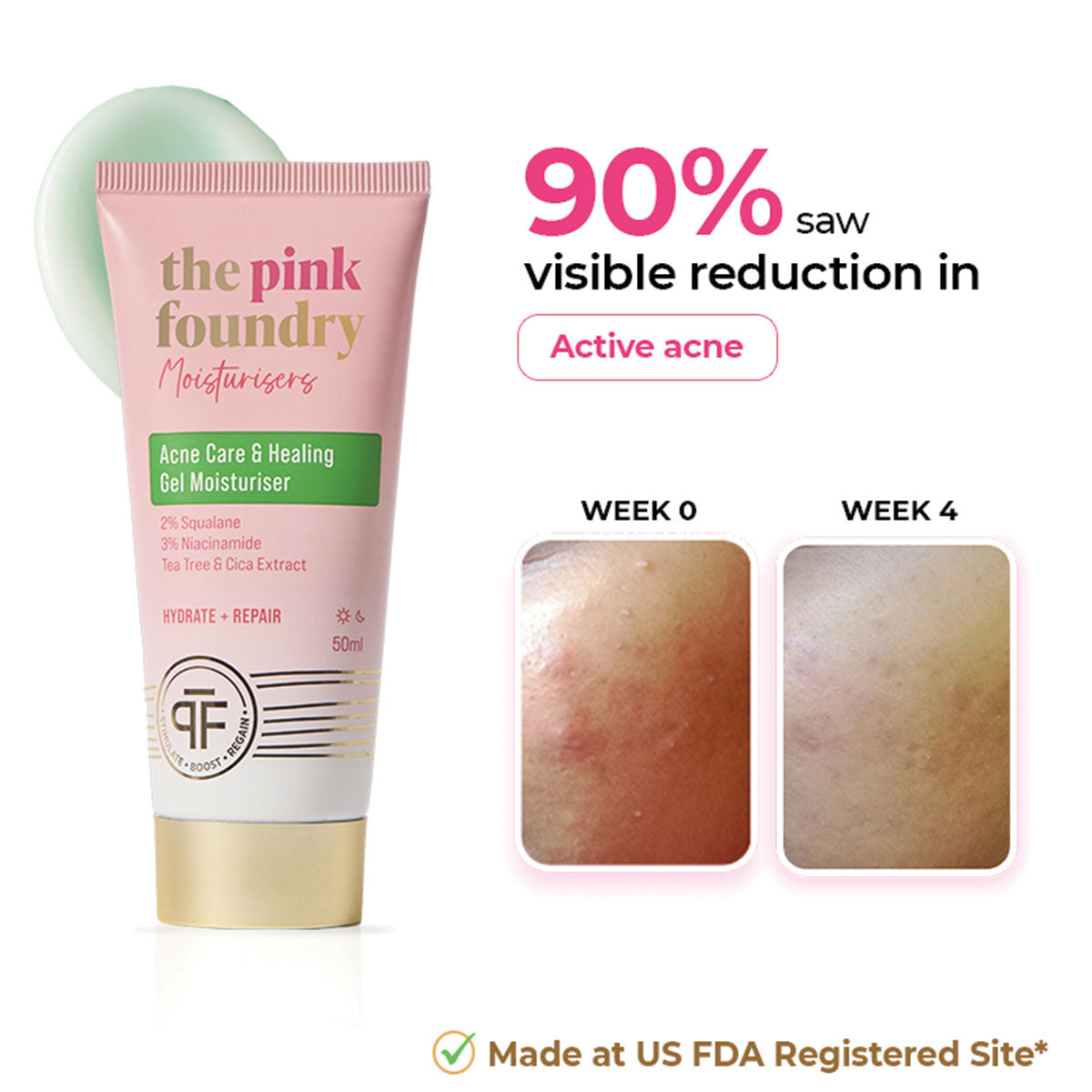
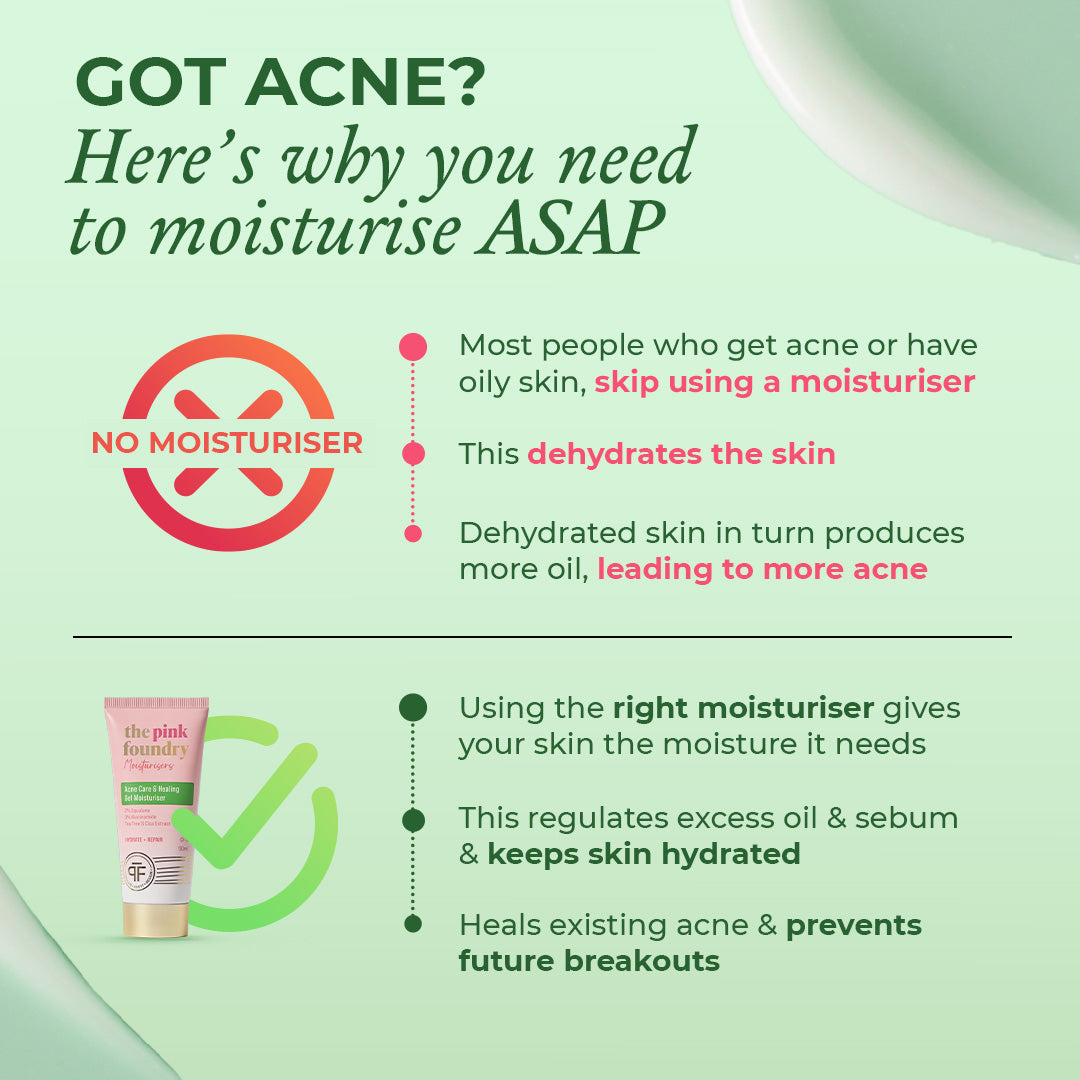
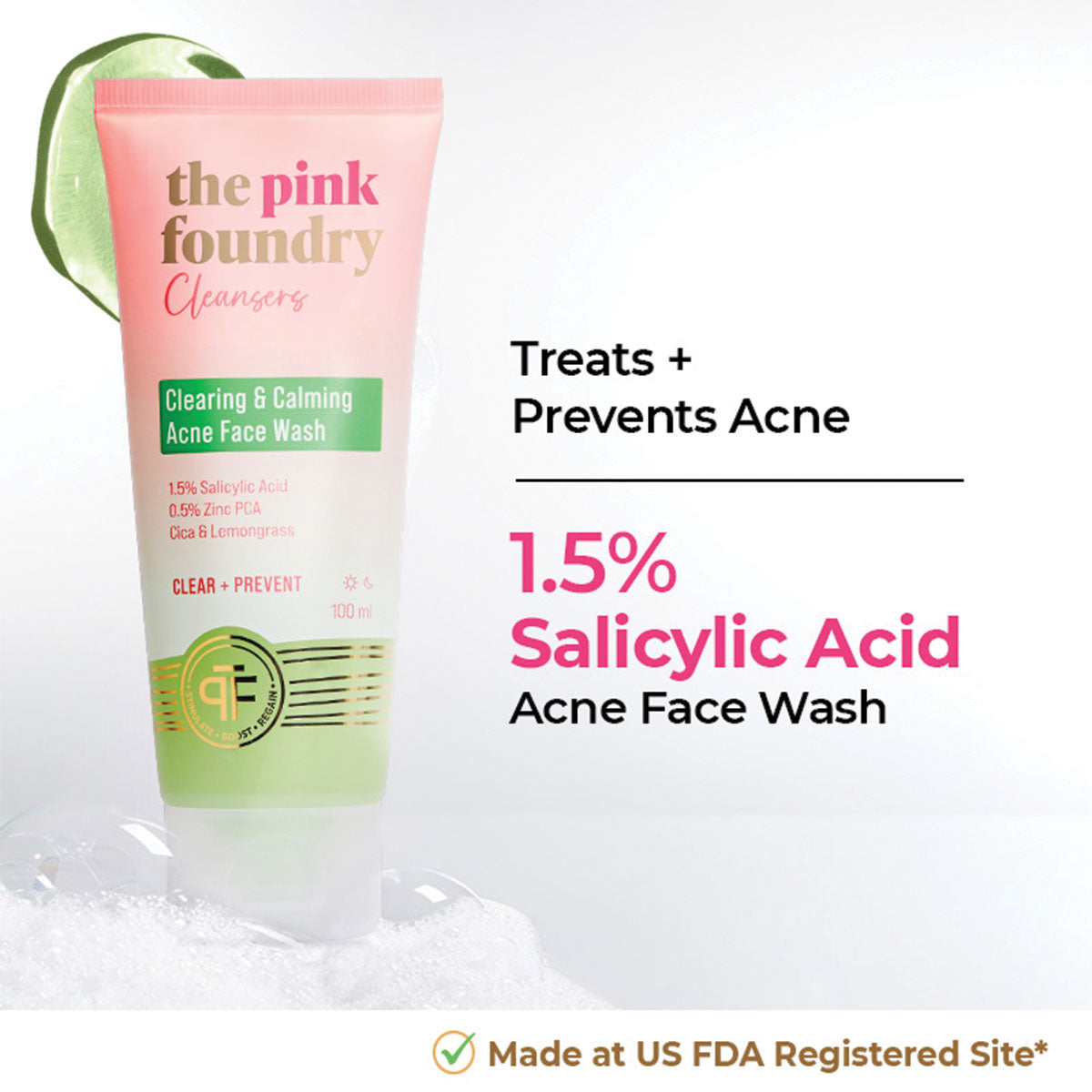
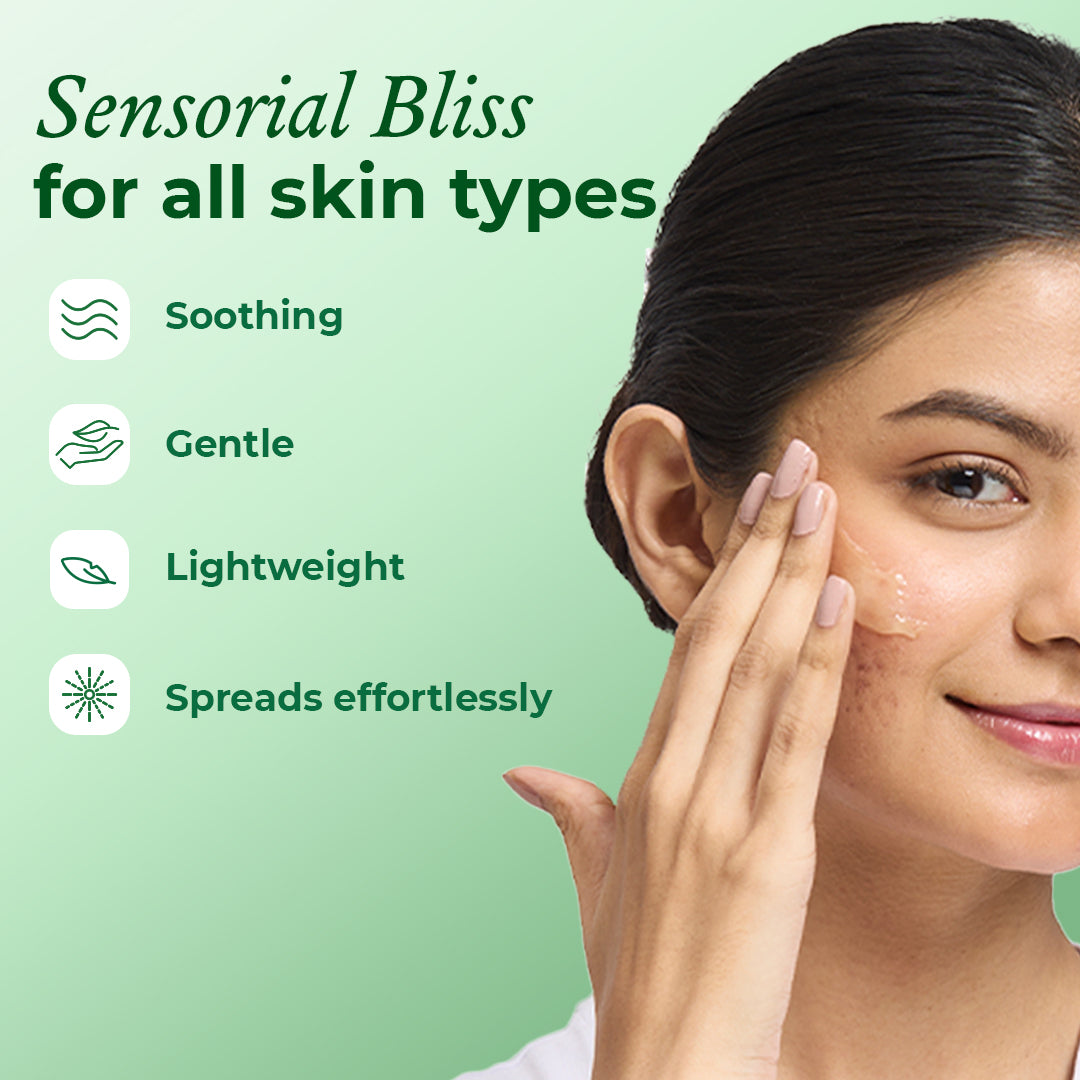
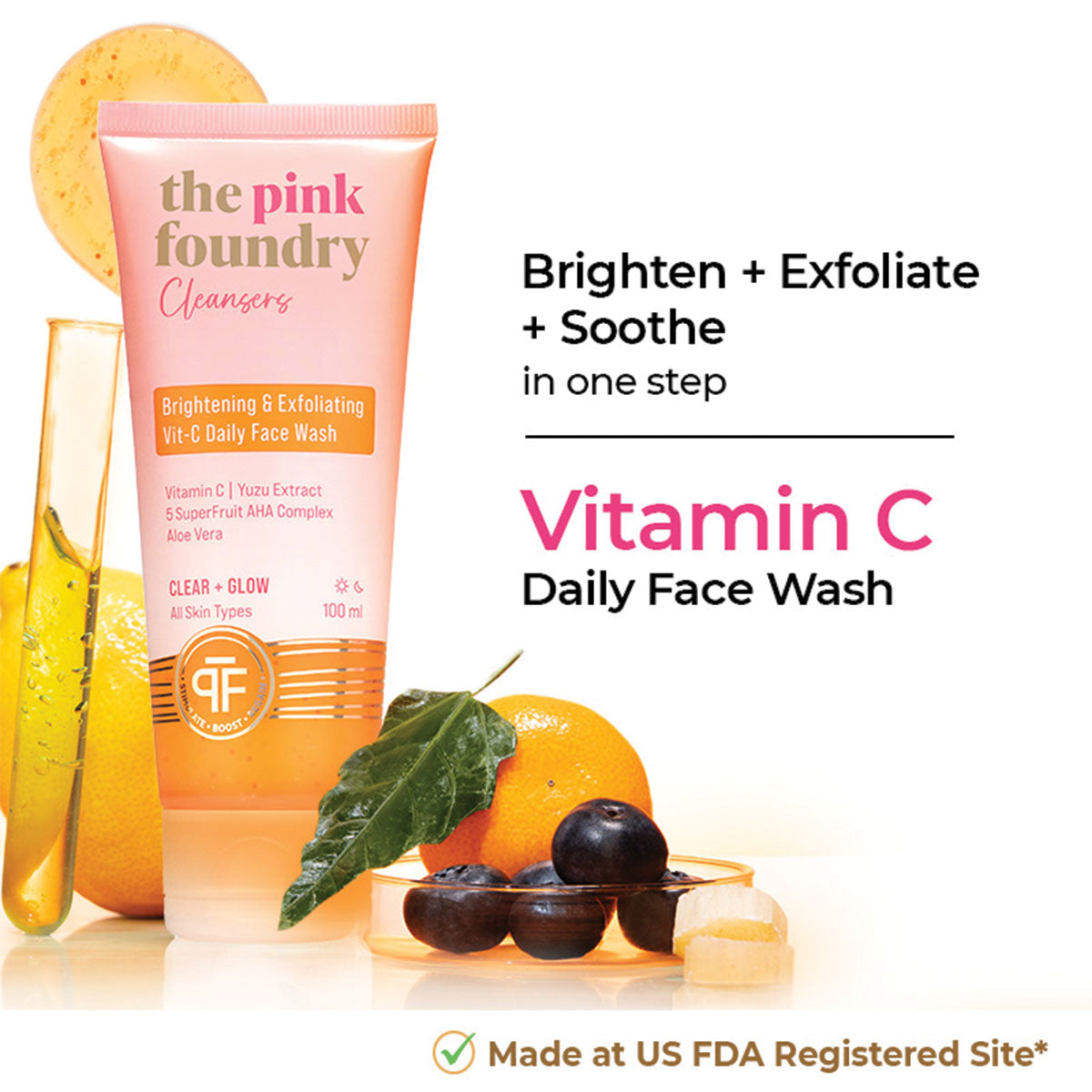
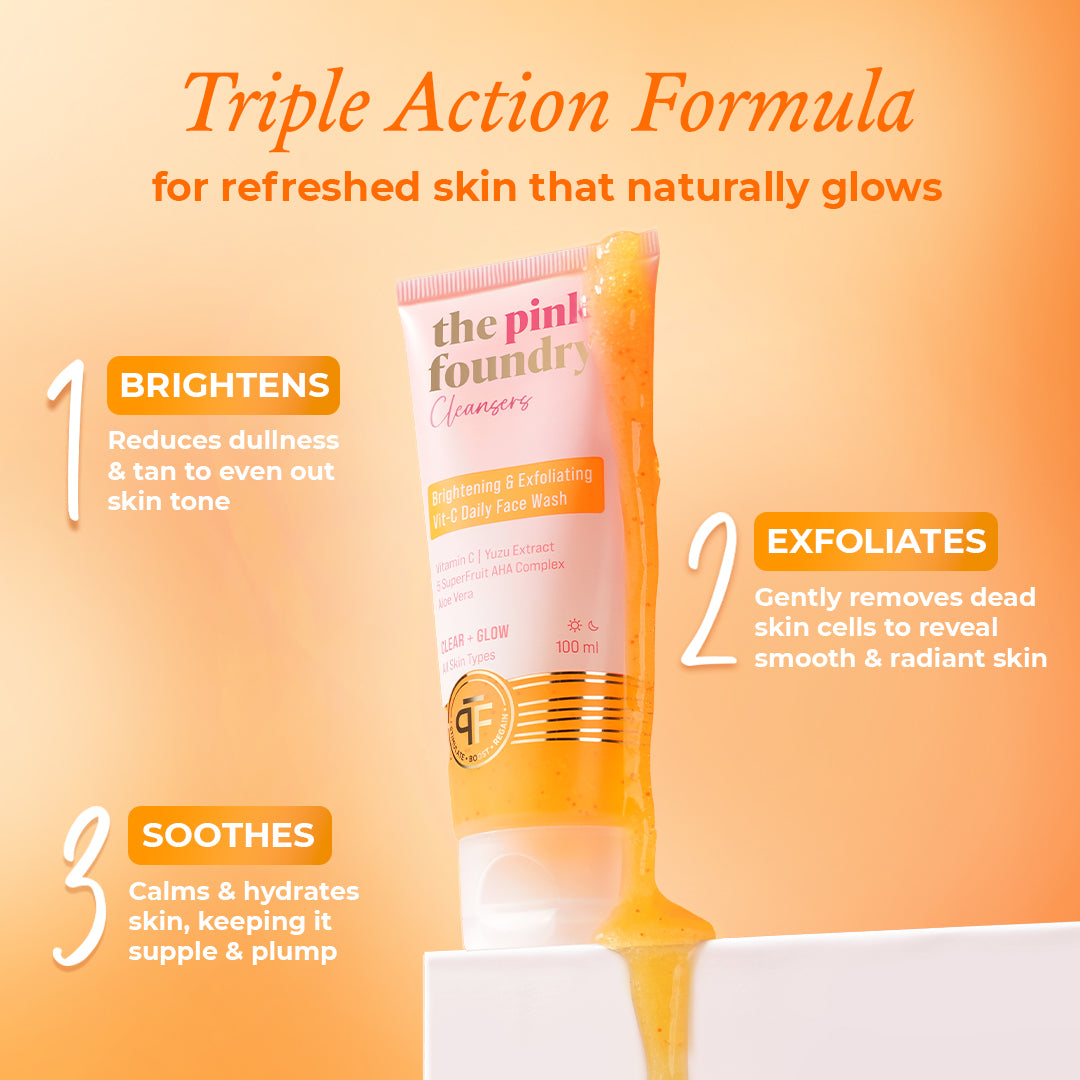
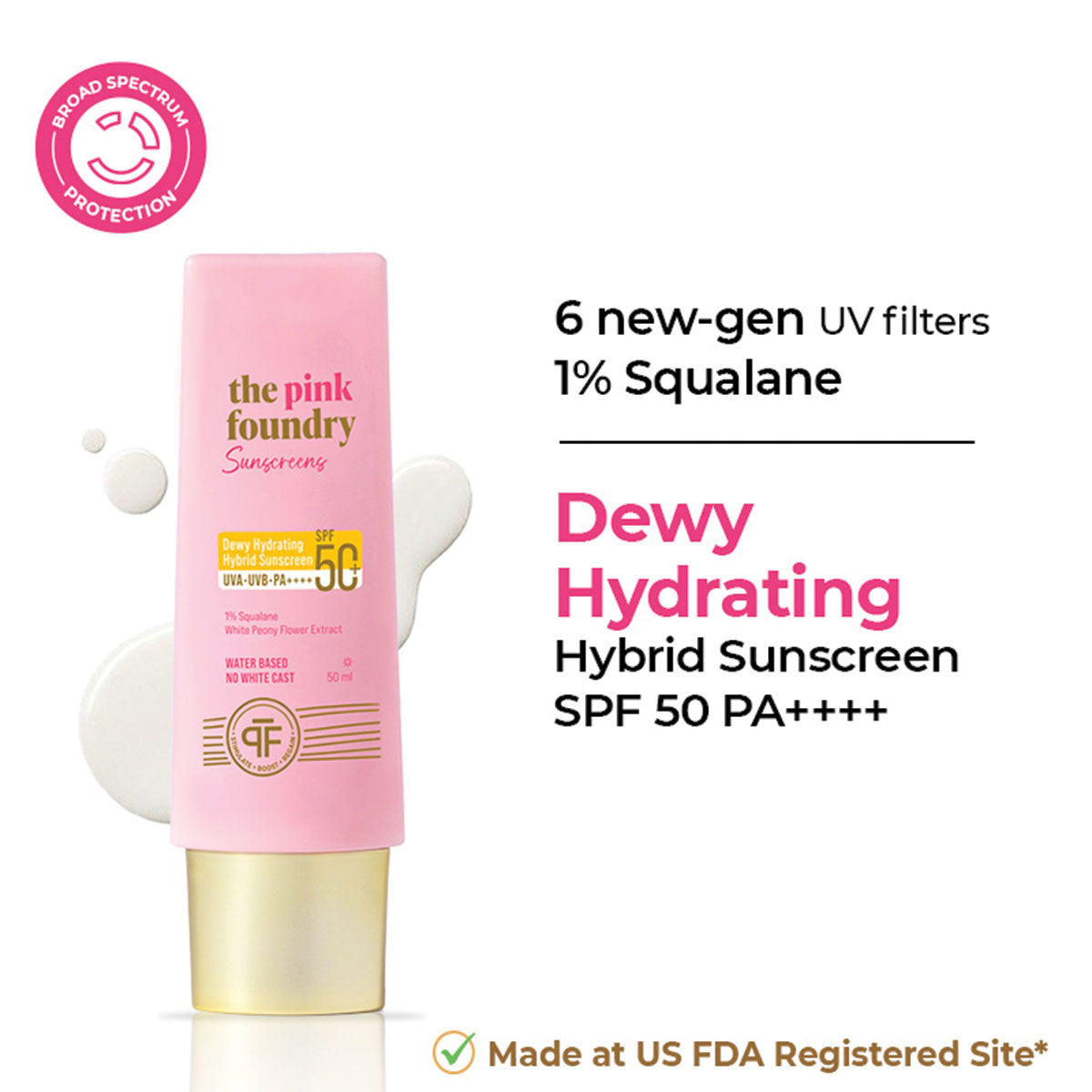
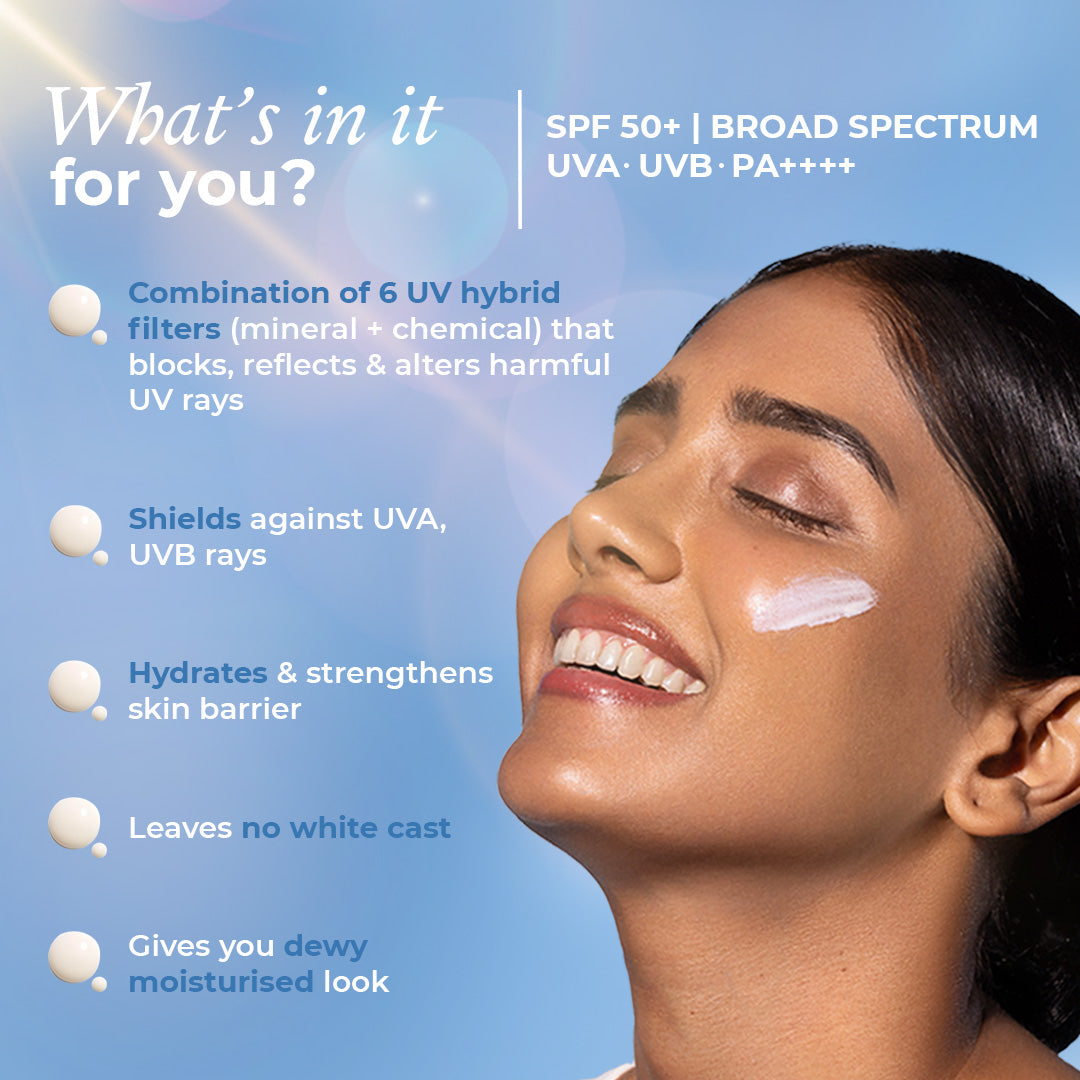
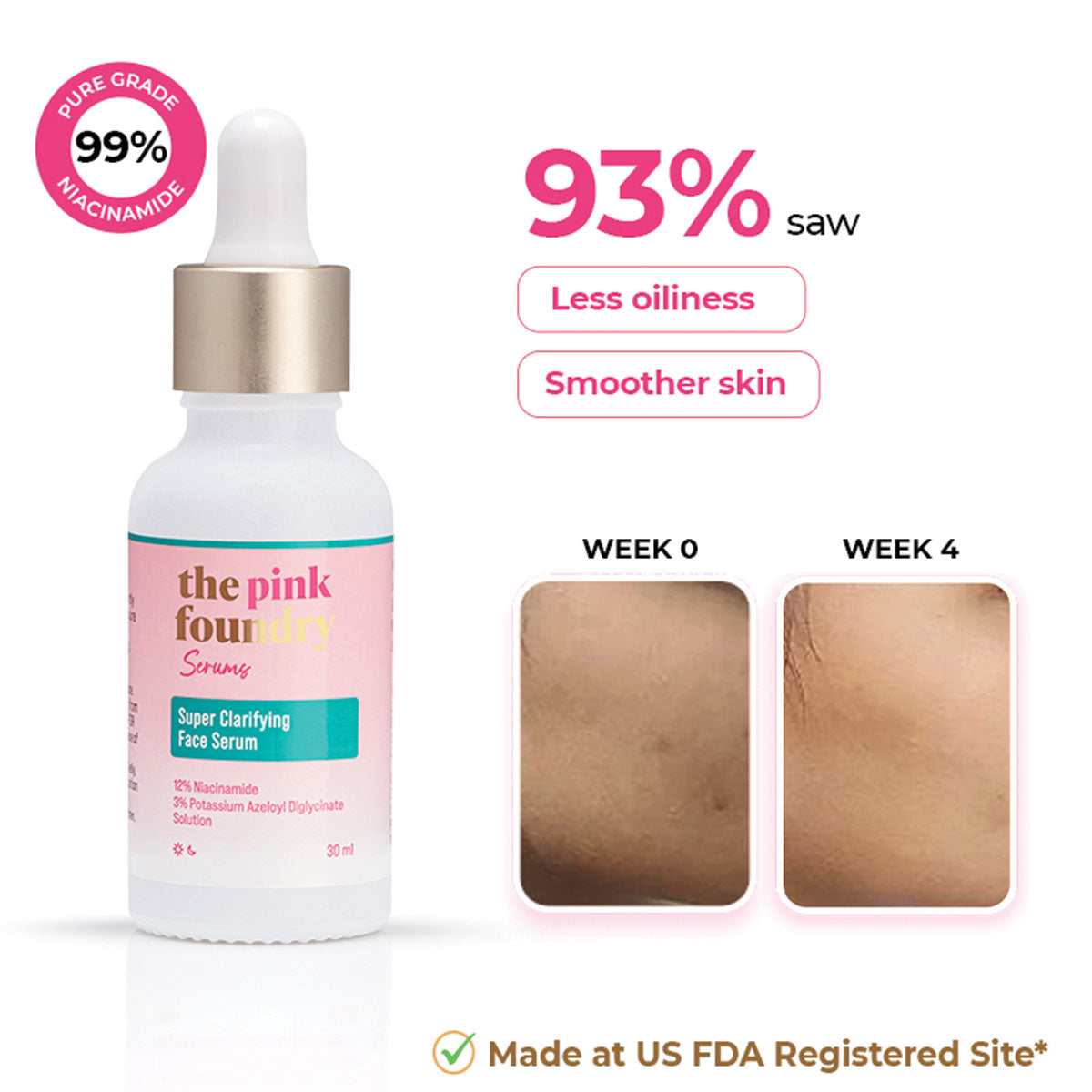
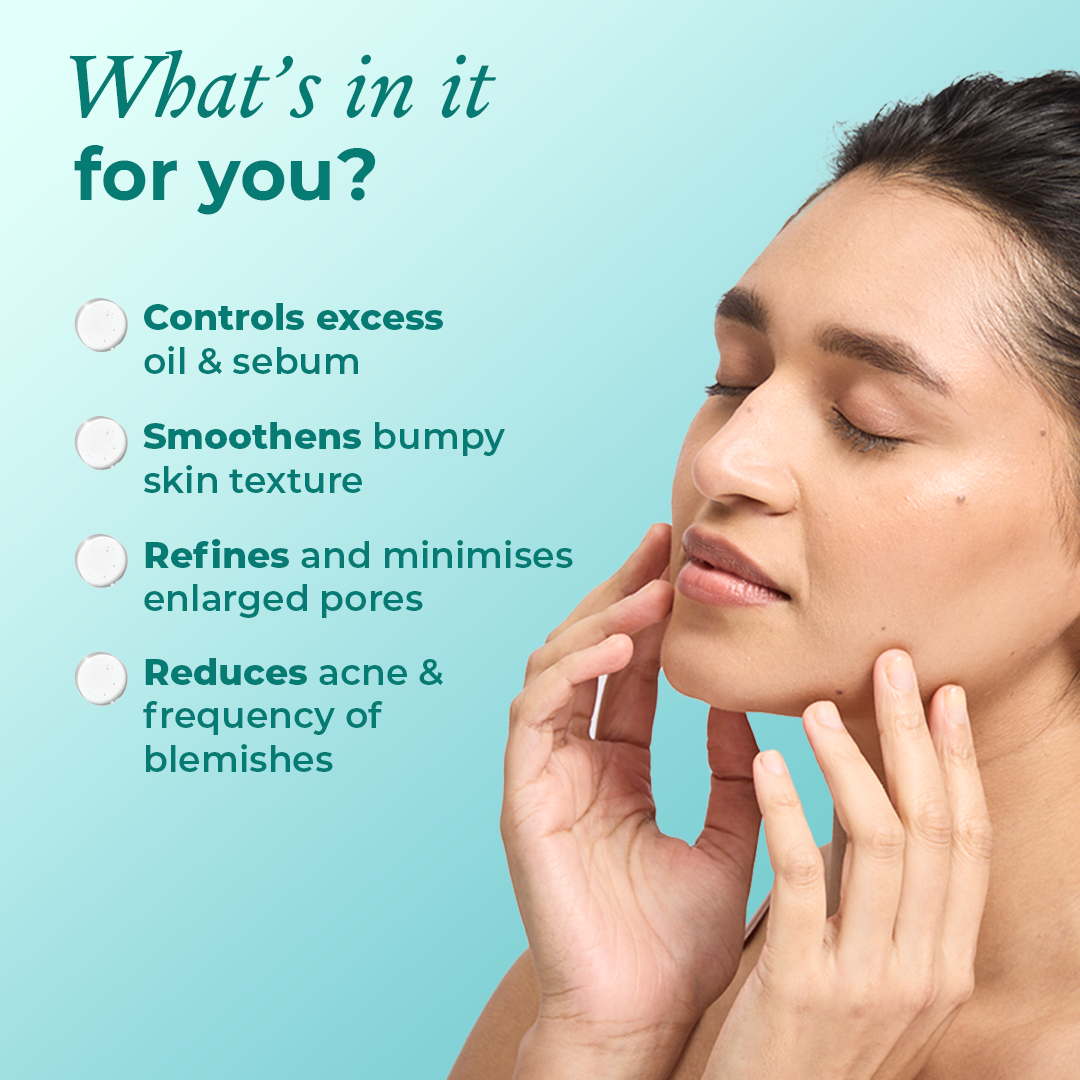
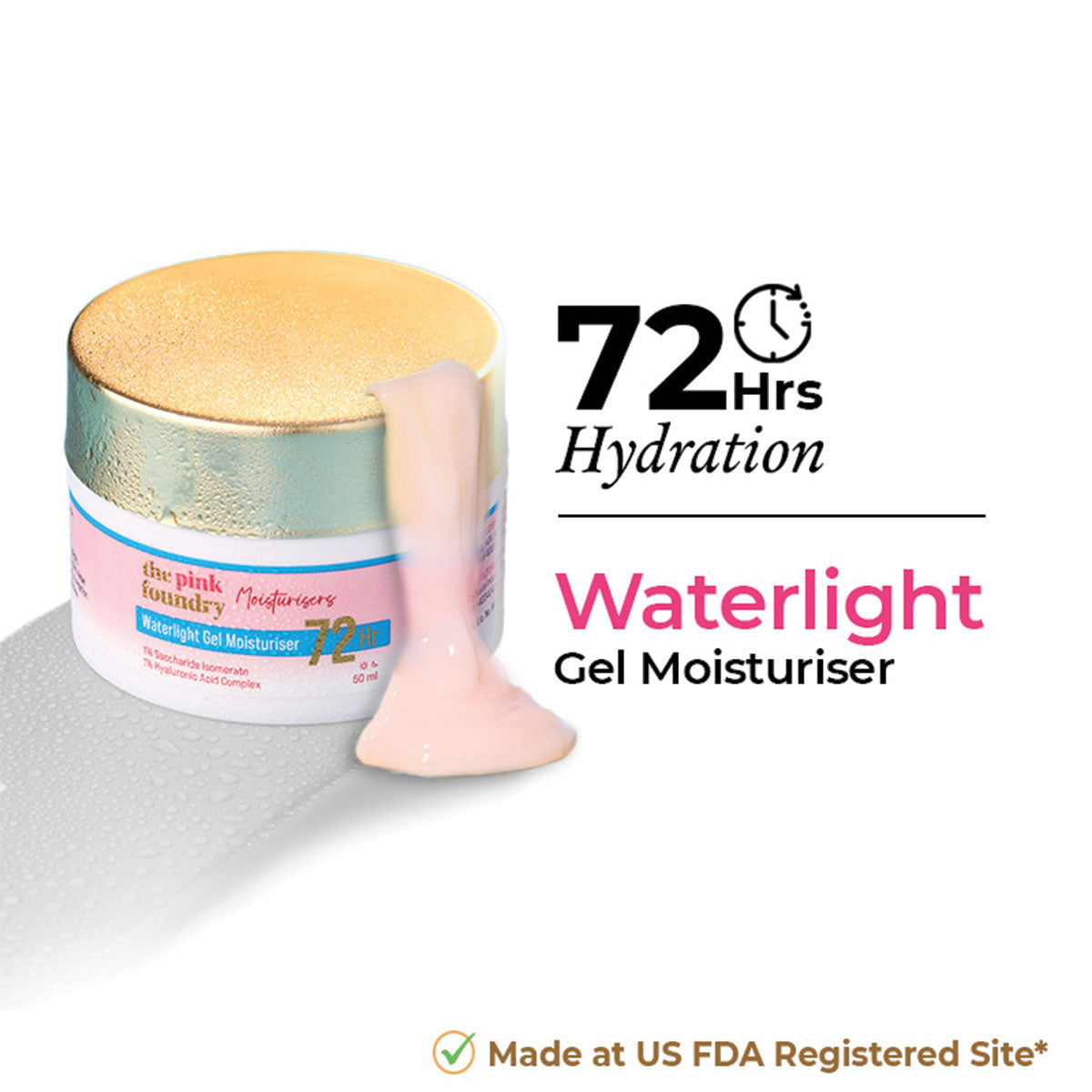
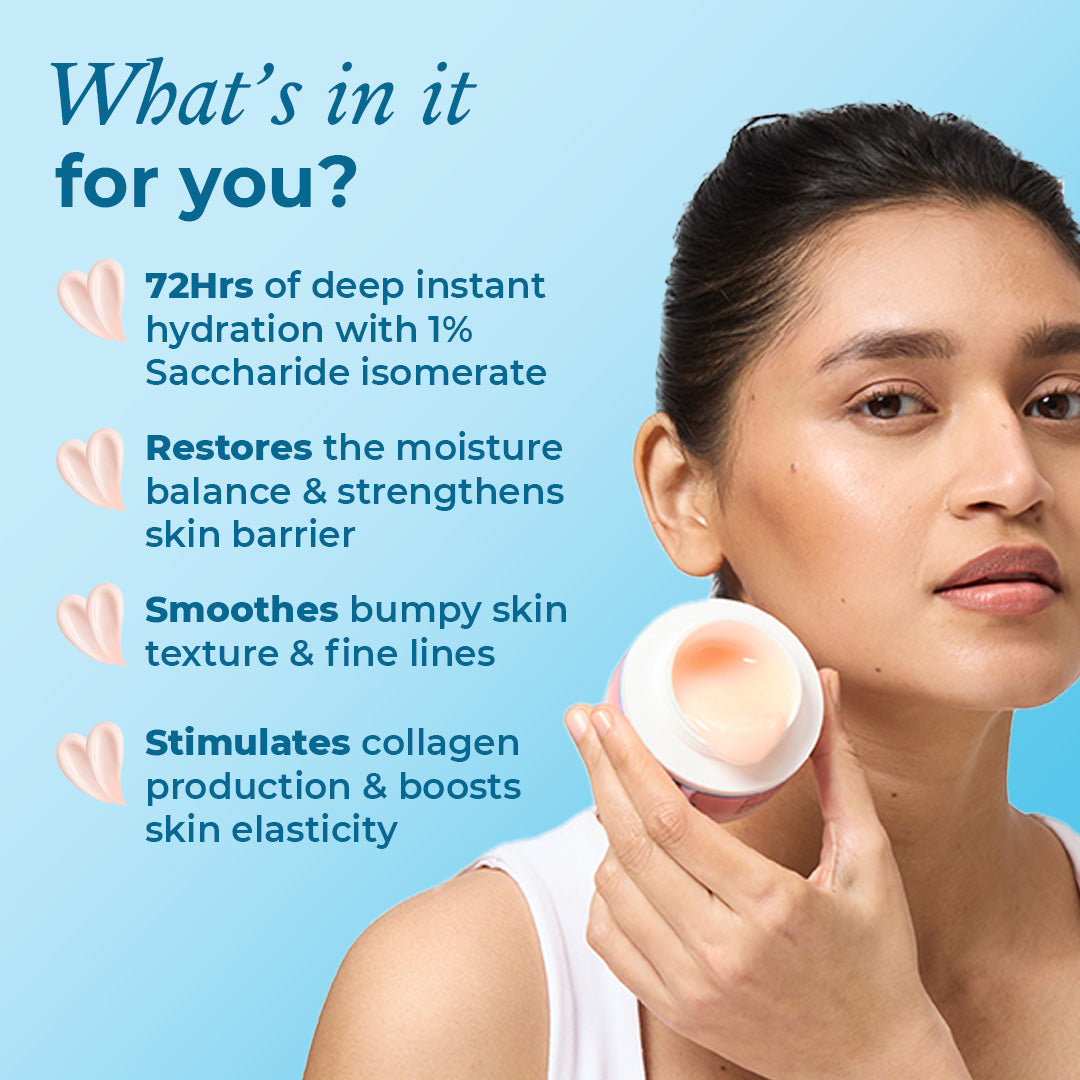




Leave a comment
This site is protected by hCaptcha and the hCaptcha Privacy Policy and Terms of Service apply.